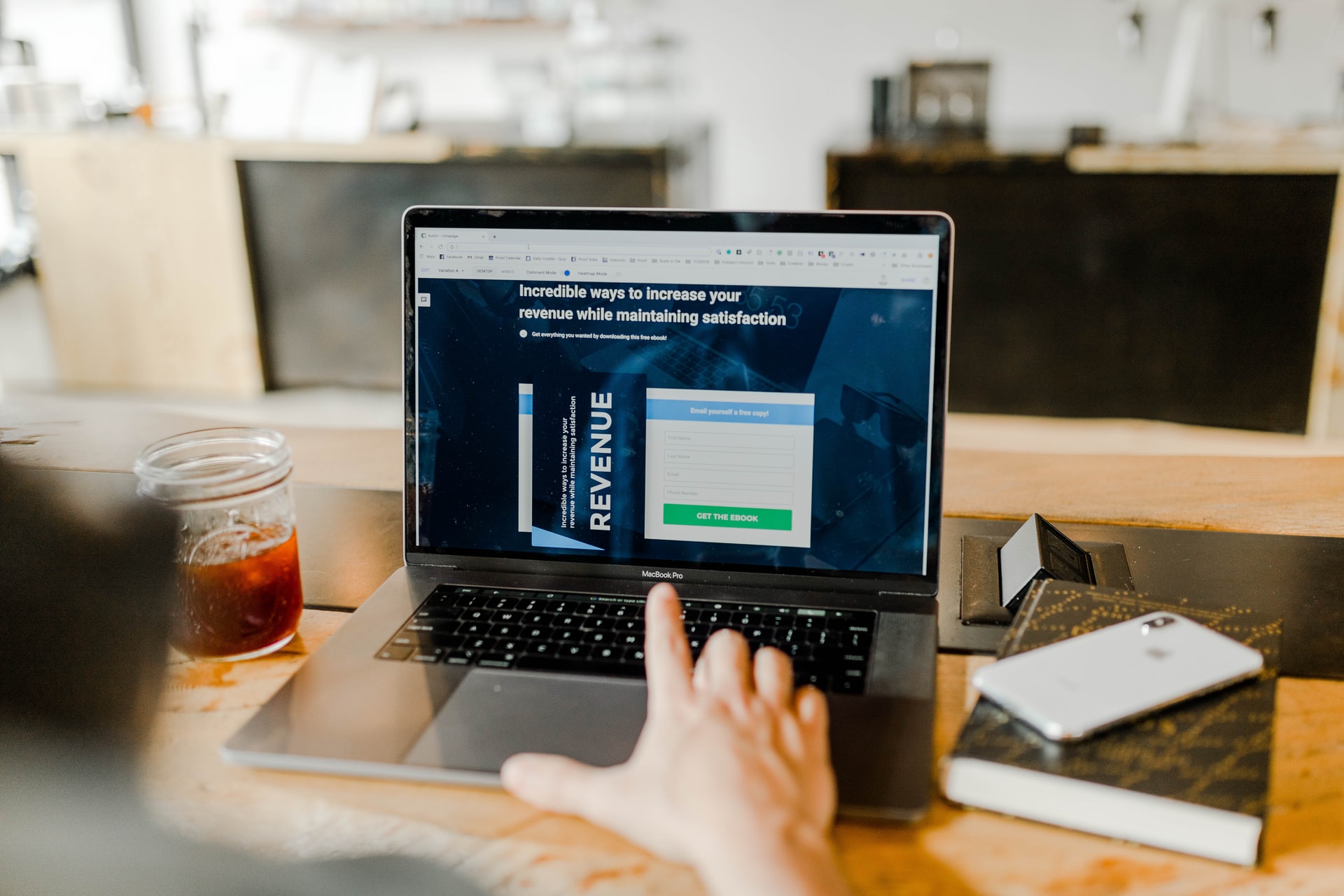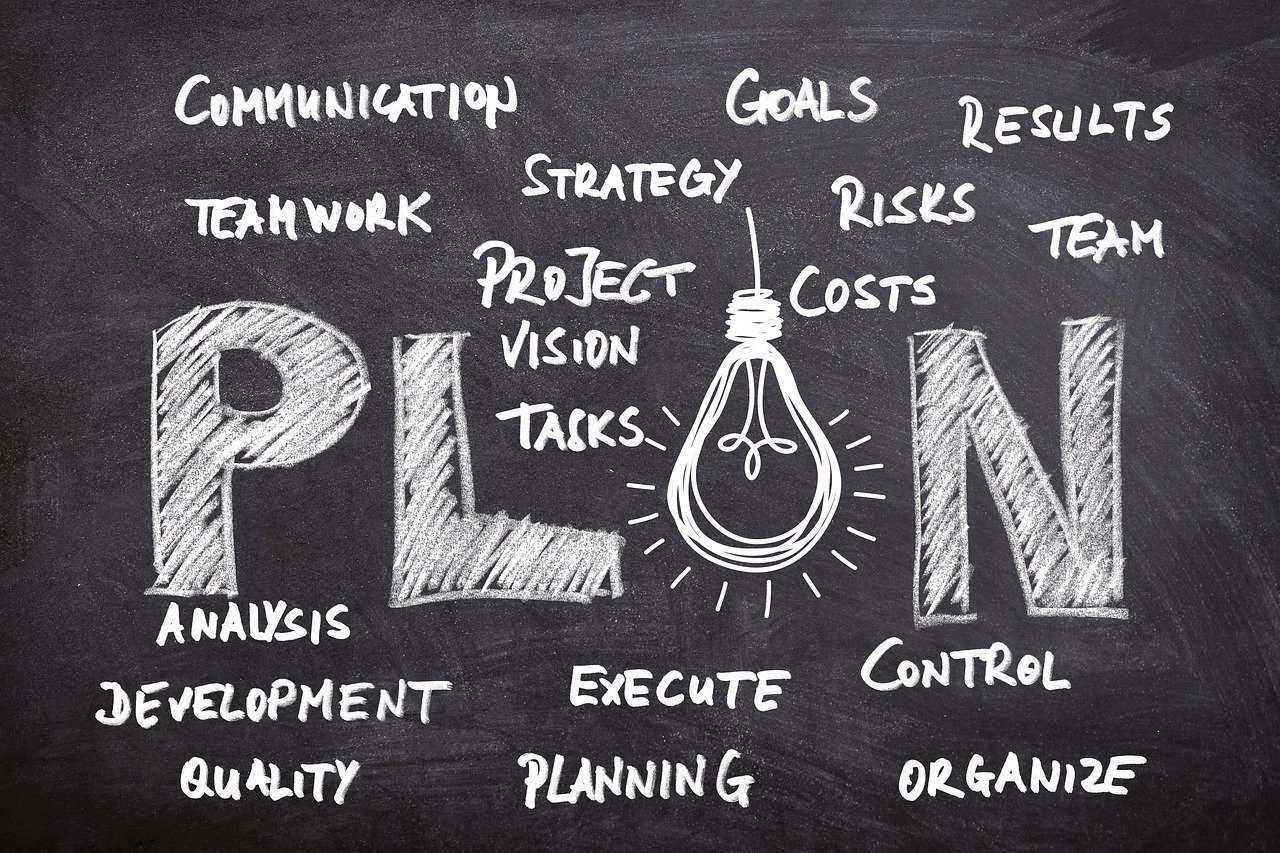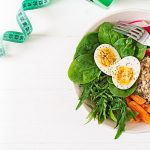In today’s competitive foodservice economy, owning or operating a restaurant is challenging. To improve your odds of success, you’ll need a tried-and-true system of data-driven tools that prioritize revenues over expenses.
This blog will teach you about the restaurant revenue management process, methods, and procedures, as well as how to implement these tools in your establishment. We’ll look at space, time, and pricing as critical factors to see how you may make suitable trade-offs to increase restaurant income.
Let’s get started and learn everything there is to know about restaurant revenue management.
What is Restaurant Revenue Management?
When we talk about restaurant revenue, we’re talking about all of your restaurant’s revenue streams. These revenue streams include dine-in orders, online delivery orders, and other eCommerce that your restaurant offers.
Restaurant revenue is not to be confused with profit margins, which are the amounts of money left over after paying all expenditures.
Sheryl E. Kimes defines restaurant revenue management as “…selling the right seat to the right customer at the right price and for the right duration.”
Let’s break this down a little.
Managing revenue for your restaurant is a term that pertains to effectively utilizing your business’s limited resources with the primary purpose of increasing profitability.
Extending your restaurant’s hours of operation, educating your employees to upsell orders, giving special discounts on slow days, expanding food services, and increasing seats are all strategies to increase income.
This process entails analyzing sales data with tools to forecast future demand correctly. To increase sales and profitability, you may make critical decisions about price, service capacity, table turnover, and your menu from there.
The notion of revenue management is not new. It had a substantial impact in the airline and hotel industries, with some firms claiming revenue increases of 2 to 5%.
It’s becoming more popular in the restaurant industry because restaurants have many of the same business qualities that have made revenue management effective for airlines and hotels.
Some of these characteristics are perishable items, changing demand, high fixed costs, fixed capacity, and low variable costs. However, there is one significant difference: the service capacity is not definite.
Effective Restaurant Revenue Management Strategies
Here are some tips and strategies you can implement to help you manage your restaurant revenue.
-
Capacity Management
Regarding restaurant capacity management, you’re evaluating how successfully you handle on- and off-site traffic.
As the number of people in your restaurant grows, it approaches its capacity. The kitchen keeps up with the continuous flow of orders, and the front-of-house seats walk-in customers appropriately.
In other words, it’s a measure of how much and how well your business can offer, taking into account all factors.
Capacity management affects different restaurant styles at different levels.
Fine-dining restaurants function differently than casual restaurants, and their capacity is also different.
People anticipate their visit to be worth the premium they’re paying since they charge higher costs for unique elements like ambiance, environment, and guest experience than a casual restaurant where customers go for a fast lunch and don’t pay much attention to the service.
Finding the ideal balance between capacity and eating experience is more crucial than ever at this point.
While a casual restaurant may accommodate a large number of customers, fine-dining restaurants require exclusivity and attention, which restaurants can only supply with a restricted number of seats.
The number of tables and how you position them at a restaurant is known as the floor layout. The more tables you have, the more people you can serve, but, as previously said, quantity is not always the best option.
A fine-dining restaurant’s floor layout must be far more open and sophisticated than a casual eatery’s, which means fewer tables with better seating options. In this scenario, increasing the number of tables may be paradoxical, as it will influence the visitor experience and decrease diners.
While you may design your restaurant’s regular floor plan to accommodate as many diners as possible while maintaining an acceptable level of service, you can occasionally add a few extra tables. This new increased capacity creates your restaurant’s “stretched capacity” that lets you accommodate more diners while maintaining a good level of service.
Prepare methods for your restaurant’s stretched capacity ahead of time to ensure that you don’t go overboard while bringing in customers. Stretched capacity, when used effectively, may help you enhance your income per square foot over time.
Capacity management has never been easier, thanks to digitalization. Advanced table management systems have improved operational efficiency in restaurants, resulting in a more streamlined and efficient table turnover rate while also increasing the customer experience.
-
Menu Pricing
Setting the proper pricing for your items at the right moment is an integral part of revenue management.
The restaurant sector is fiercely competitive, with some of the tiniest profit margins of any industry.
Unlike more stable businesses such as airlines and hotels, where demand and supply influence rates, you can’t afford to raise your restaurant’s expenses unduly.
It is critical to have a successful restaurant menu pricing plan that offers customers the food and services they desire at a profit.
Understanding customer behavior, purchase decisions, and the competitive landscape can help you develop sophisticated pricing tools.
Food pricing techniques at restaurants are complicated and involve several variables.
You’ll have to think about the demand for your services, local competition, and cost fluctuations.
You must conduct a balancing act, finding pricing that makes sense for your unique audience, menu items, and targeted profit margins, in addition to just hiking menu prices.
Your brand will not stay afloat if your rates do not create a profit. On the other hand, customers will refuse to pay if the prices are too high.
Your food pricing plan is the most crucial factor that will decide your long-term profitability.
Restaurant menu pricing is a continuous process that needs time, analytics, and trial and error.
Analyzing your menu items regularly can help you figure out which ones are the most popular. You may create a menu pricing plan that highlights your strengths once you’ve established your best-selling foods.
While no two restaurants are the same, market research may help you determine your pricing approach. You’ll want to investigate your competition to see what else is available to customers and how you can assist in making your business stand out. Market research will also inform you what kind of price your local market would accept, which can help you plan your menu pricing approach.
Knowing both the actual worth of your menu items and the perceived value you offer to your visitors is essential for developing a solid pricing plan.
To make money, you need higher pricing than your operational costs, but if you offer value to the eating experience in other ways, you may safely build even higher profit margins.
You may look at numerous pricing models to see which will best fit your demands once you’ve assessed your worth, strengths, and what your market will bear.
-
Increase Table Turn Over
The table turnover rate indicates how busy your tables are at any one time.
Naturally, your objective is to serve as many people as possible in the time provided while maintaining a high level of quality.
It might be challenging to optimize and analyze the average table turnover rate since you want to flip your restaurant tables as rapidly as possible without hurrying or putting pressure on your customers.
If you pay too little attention to table turnover, you risk losing income and decreasing customer happiness.
The goal is to find the sweet spot between providing your diners enough time to eat and not wasting time with extended, dragged-out wait times between events.
The logic is straightforward: the faster the table turnover and the more people you serve, the higher the income.
Another simple strategy to boost table turnover is to present a smaller menu so that customers can make decisions and place orders more quickly. This shorter menu not only reduces decision fatigue but also ensures that your kitchen can run more effectively when preparing meals.
While you should never rush or be aggressive with your visitors, they may not realize how much time they have spent in the restaurant after they have finished their meal.
During busy times, offer your guests bar seating if it’s available, or check in to see whether they’ve finished their meal or want to order something else. These nuances will assist the diner in understanding they are ready to go home on their own.
What You Should Achieve with Restaurant Revenue Management
The purpose of managing your restaurant revenue is to control specific parts of your business, such as menu pricing, seating, and so on, to optimize your revenue and profitability.
Sure, you may have a set number of seats, but the length of service varies. For example, some visitors may dine for a long time, whereas someone on a lunch break only stays for an hour.
This uncertainty is in sharp contrast to hotels, which have set check-in and check-out times, and airplanes, which have clients board and disembark at the same time.
Furthermore, service capacity is limited; nevertheless, unlike airlines or hotels, you may make improvements to suit increased demand. You can, for example, rearrange your table layout or provide guests with access to another area of your restaurant.
Management of your restaurant revenue might be complex due to these variations. However, it doesn’t have to be that way if you use the appropriate tactics.
Reports to Help Your Restaurant Revenue Management Plan
If you want to create an effective plan to manage your restaurant revenue, specific reports provide the data you will need to make the plan.
The ability to combine numerous reports on a single platform aids in the development of better business choices. Keeping track of these reports will allow your restaurant to compare its performance to its objectives.
Reports on Sales Data
The expenditures and sales statistics determine the success of your restaurant. Data on sales is a good measure of how well your brand is doing.
Such reports give a lot of valuable data. This data includes which menu item is the most popular and which is the least popular. Restaurant owners may keep track of this information and, depending on the situation, make offers or discounts, upsell or remove products.
You also can learn about sales by outlets. Having real-time data on sales, inventory, personnel, and various other operational variables allows you to manage each of your outlets separately.
When a restaurant has many locations, the sales data and menu item performance vary. This is why having a detailed report on each menu item’s sales across all stores is critical. You can increase the sales of a particular outlet based on this information.
Restaurants can arrange marketing and service offers based on the demographics of each location, bearing in mind the spending power of that particular area.
Payment Reports
Restaurant owners may keep track of their daily cash inputs and outflows using payment reports.
The vast volume of data generated across several mediums necessitates effective separation and analysis. This amount of data is why an integrated restaurant reporting system that monitors cash events, refund reports, canceled sales, coupon reports, and so on is so vital for long-term success.
Reports on Inventory
One of the most important components of owning a restaurant is inventory management.
Raw ingredient procurement, inventory tracking, inventory reorder, and other inventory data are critical for buying managers who must keep raw materials flowing regularly.
These reports also aid in tracking food expenses, which determines the total earnings of your business.
Inventory management helps you save money on supplies while also growing your business.
Restaurant Revenue Management for Your Business
Whether you’ve just opened your restaurant or you have been running a successful restaurant for a while, your aim is the same: to increase sales and profits. One option that can help you achieve just that is better restaurant revenue management.
Using these revenue management strategies and gathering data from the correct reports can help you create the perfect plan to maximize your revenue and boost your restaurant profits.
With the world shifting towards online ordering and food delivery, gathering the correct data can become difficult.
With Blink’s quick commerce enablement platform, you not only have user-friendly online ordering for your customers with a branded website and mobile applications for your Android and iOS devices, but you also have access to all relevant data.
Blink allows you to have complete ownership over your customer data and provides additional features such as business analytics and reports to help you gather and analyze the data your online platforms collect.







